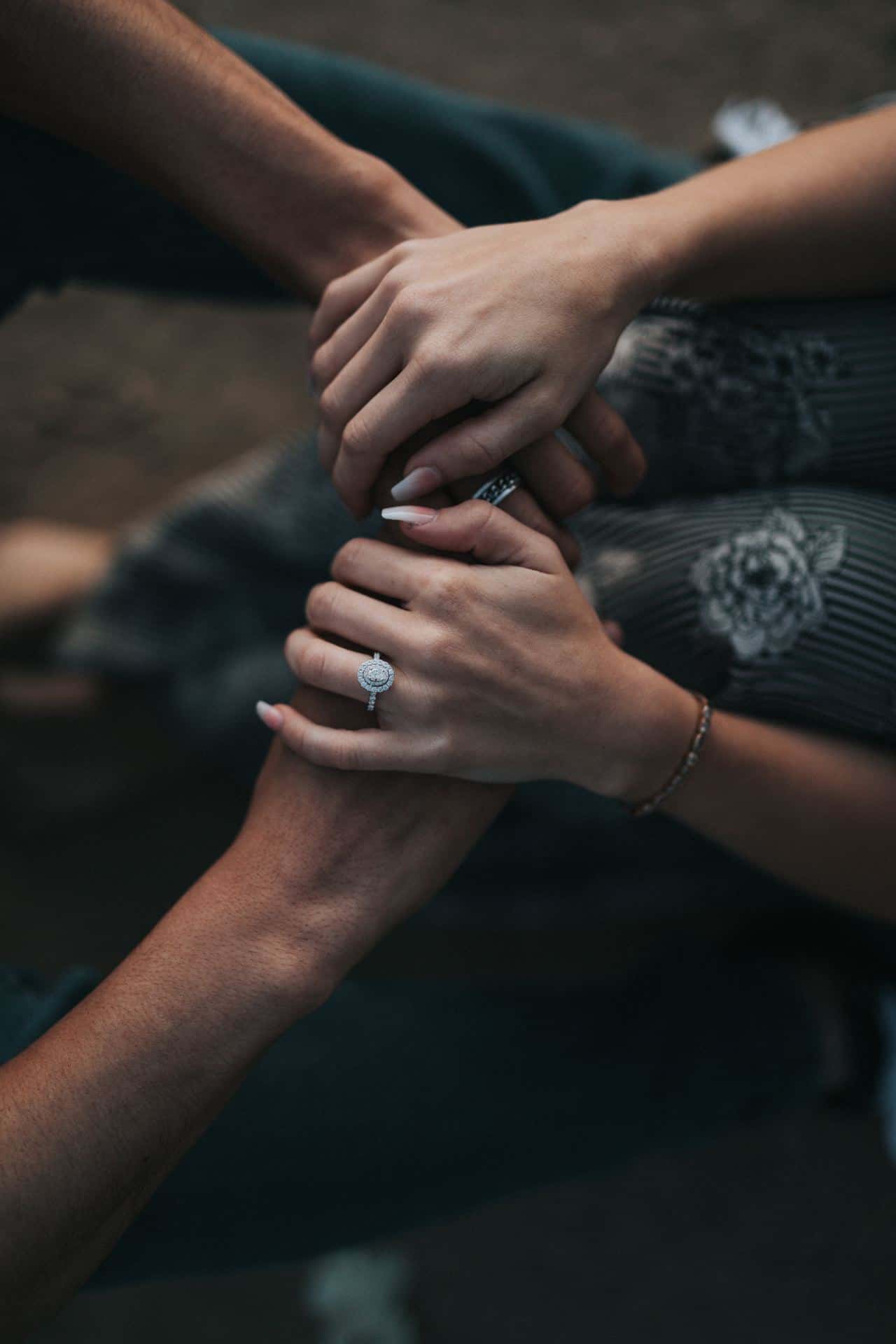Decoding The 4Cs: A Guide To Buying An Engagement Ring
Weddings are a momentous occasion. Part of planning for a grand wedding is preparing for the engagement celebrations.
One of the most important decisions you and your partner will have to make is choosing an engagement ring. It can be tough to start the search for an engagement band due to the many different options available.
That’s where the 4Cs of diamonds, the premier precious stone regarded as the go-to for one-of-a-kind engagement rings, come in. The 4Cs are a set of grading standards that are used to assess the value and quality of diamonds. They’re carat, colour, clarity, and cut. Keep on reading to learn more about things to know before buying an engagement ring.
Carat
Carat is the weight of a diamond, and it’s one of the most important factors to consider when buying an engagement ring.
A larger carat weight means a larger diamond, but it’s important to note that carat weight isn’t the same as size. Two diamonds of the same carat weight can have different sizes depending on their cut.
When picking a carat weight for your engagement ring, it’s important to consider your budget and your partner’s preferences. If you’re on a tight budget, you may want to choose a smaller diamond with a lower carat weight. If you have a higher budget, you may want to choose a larger diamond with a higher carat weight.
Colour
Diamonds are graded on a colour scale from D (colourless) to Z (yellow). The closer a diamond is to D, the more valuable it is. Most people prefer colourless diamonds, yet diamonds with a slight yellow tint can be beautiful and affordable as well.
When choosing a colour grade for your engagement ring, it’s important to consider your budget and your personal preferences. If you’re on a tight budget, you may want to select a stone with a lower colour grade. If you have a higher budget, you may want to pick a stone with a higher colour grade. It’s best to contact Diamonds On Richmond for high-quality jewellery.
Clarity
A stone’s clarity is measured through the presence of either inclusions (internal flaws) and/or blemishes (external flaws) in a diamond. For instance, diamond stones are graded on a clarity scale from Flawless to Included.
Most inclusions and blemishes aren’t visible to the naked eye, and they don’t affect the beauty or durability of the diamond. Nonetheless, very large or numerous inclusions or blemishes can make a diamond look cloudy or dull.
When choosing a clarity grade for your engagement ring, it’s important to consider your budget and your personal preferences. If you’re on a tight budget, you may want to choose a diamond with a lower clarity grade. If you have a higher budget, you may want to choose a diamond with a higher clarity grade.
Cut
Cut is the most important of the 4Cs, as it determines how a diamond reflects light. A stone with an outstanding cut will sparkle and shine brightly; on the other hand, a low-quality diamond will appear dull and lifeless.
The cut of a diamond is determined by its proportions, symmetry, and polish. A well-cut diamond will have precise proportions, perfect symmetry, and a high polish. This will allow the diamond to reflect light evenly and create maximum brilliance and fire.
When selecting a cut for your engagement band, it’s important to consider your personal preferences. Some people prefer the classic round cut, while others prefer fancy cuts such as the princess cut, emerald cut, or cushion cut.
Purchasing An Engagement Ring 101
For a hassle-free process, check out the following tips:
- Set a budget: Prior to starting shopping, it’s important to set a budget. This will help you narrow down your options and avoid overspending.
- Do your research: Learn about the different types of diamonds and the 4Cs. This will help you make an informed decision about your purchase.
- Shop around: Compare prices and selections from different jewellers prior to buying.
- Get a certificate of authenticity: Make sure to get a certificate of authenticity from the jeweller when you buy your diamond. This will prove that the diamond is genuine and that it matches the grading report.
Here are some additional things to keep in mind when choosing an engagement ring:
- The metal: Engagement rings are typically made from white gold, yellow gold, or platinum. White gold is the most popular choice, as it has a bright and modern look. On the other hand, yellow gold is a classic choice, and platinum is the most durable metal.
- The setting: The setting is the way the diamond is held in the ring. There are many different types of settings available, such as solitaire, halo, and three-stone settings. Choose a setting that you think your partner will love and that will complement the diamond.
- The ring size: It’s important to get the ring size right. If the ring is too big, it’ll fall off. If the ring is too small, it’ll be uncomfortable to wear. You can get your partner’s ring size measured at any jewellery store.
The 4Cs of diamonds are carat, colour, clarity, and cut. These four factors determine the quality and value of a diamond. When choosing an engagement ring, it’s important to consider all four Cs.
Engagement rings are a symbol of love and commitment. By choosing a ring that you and your partner love, you can create a lasting memory of your special day.









